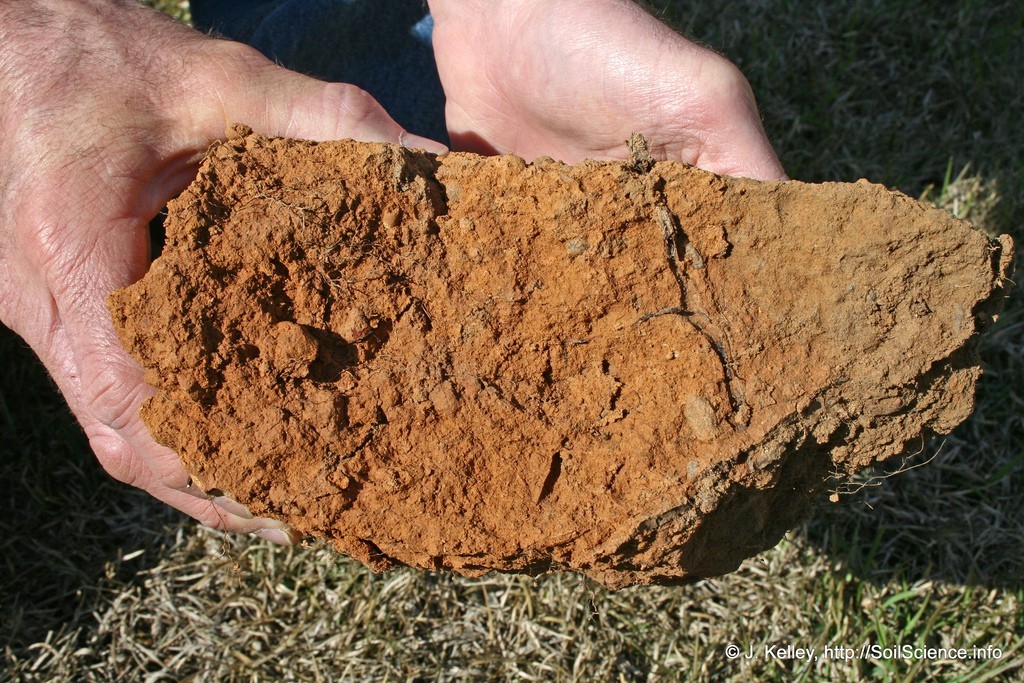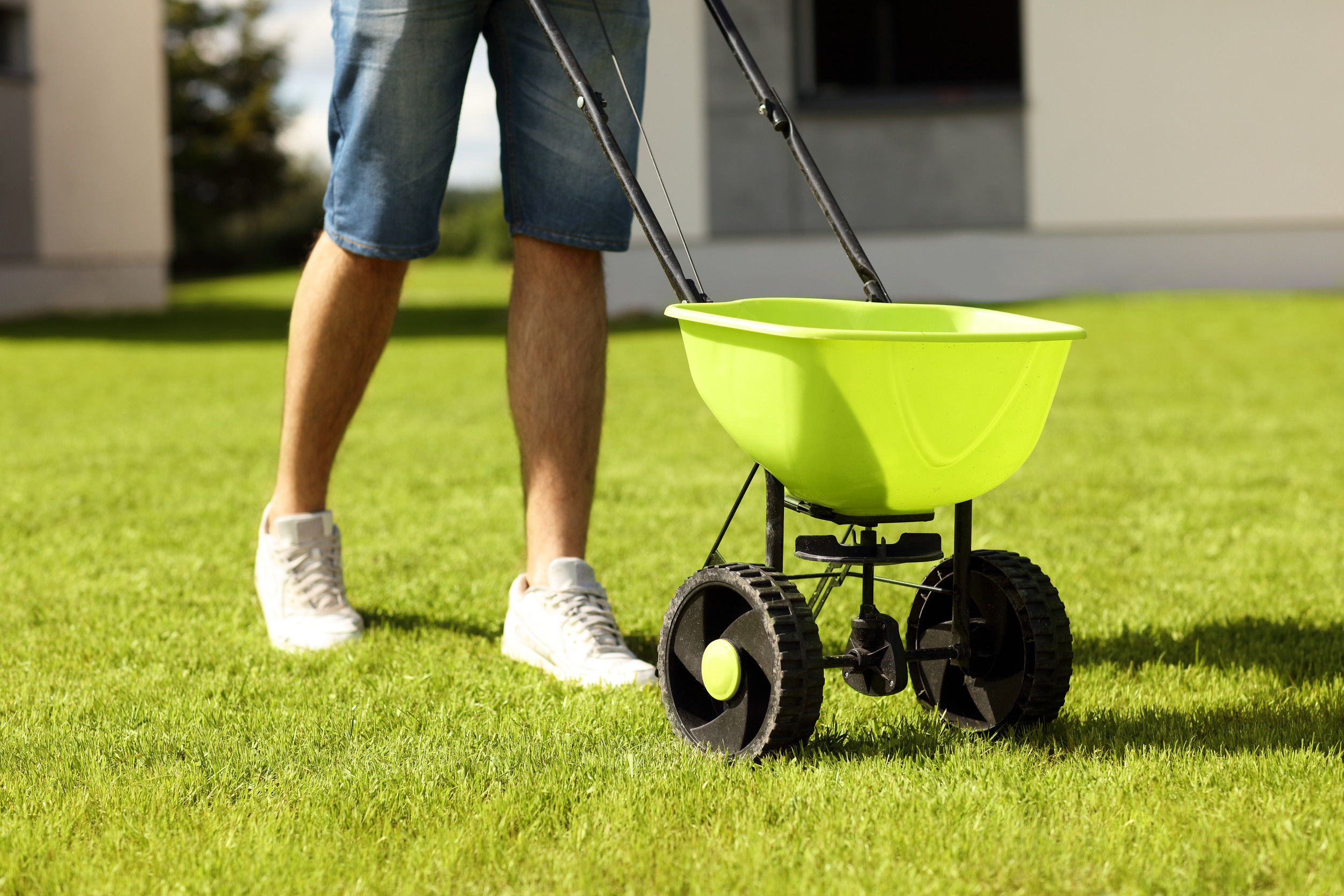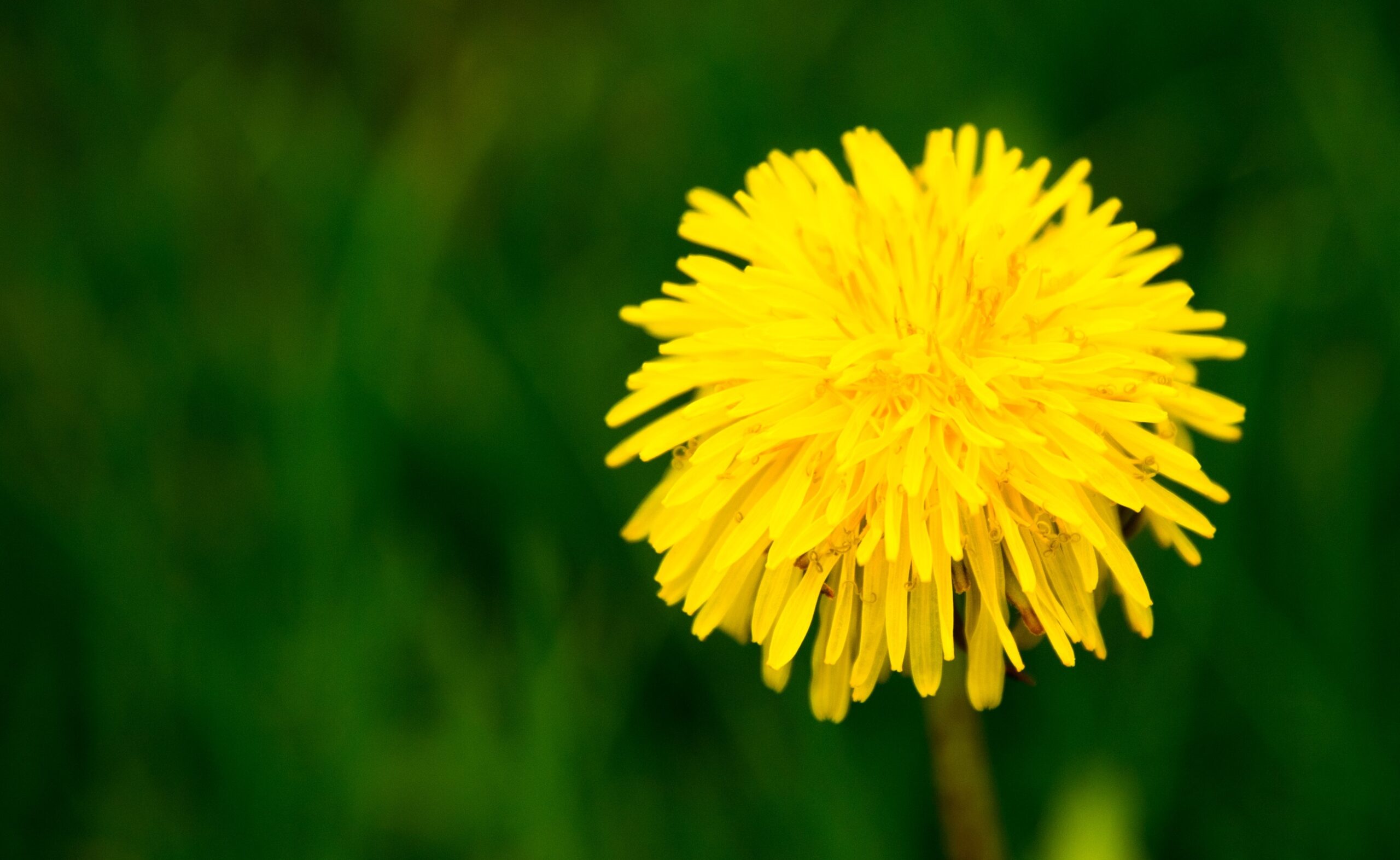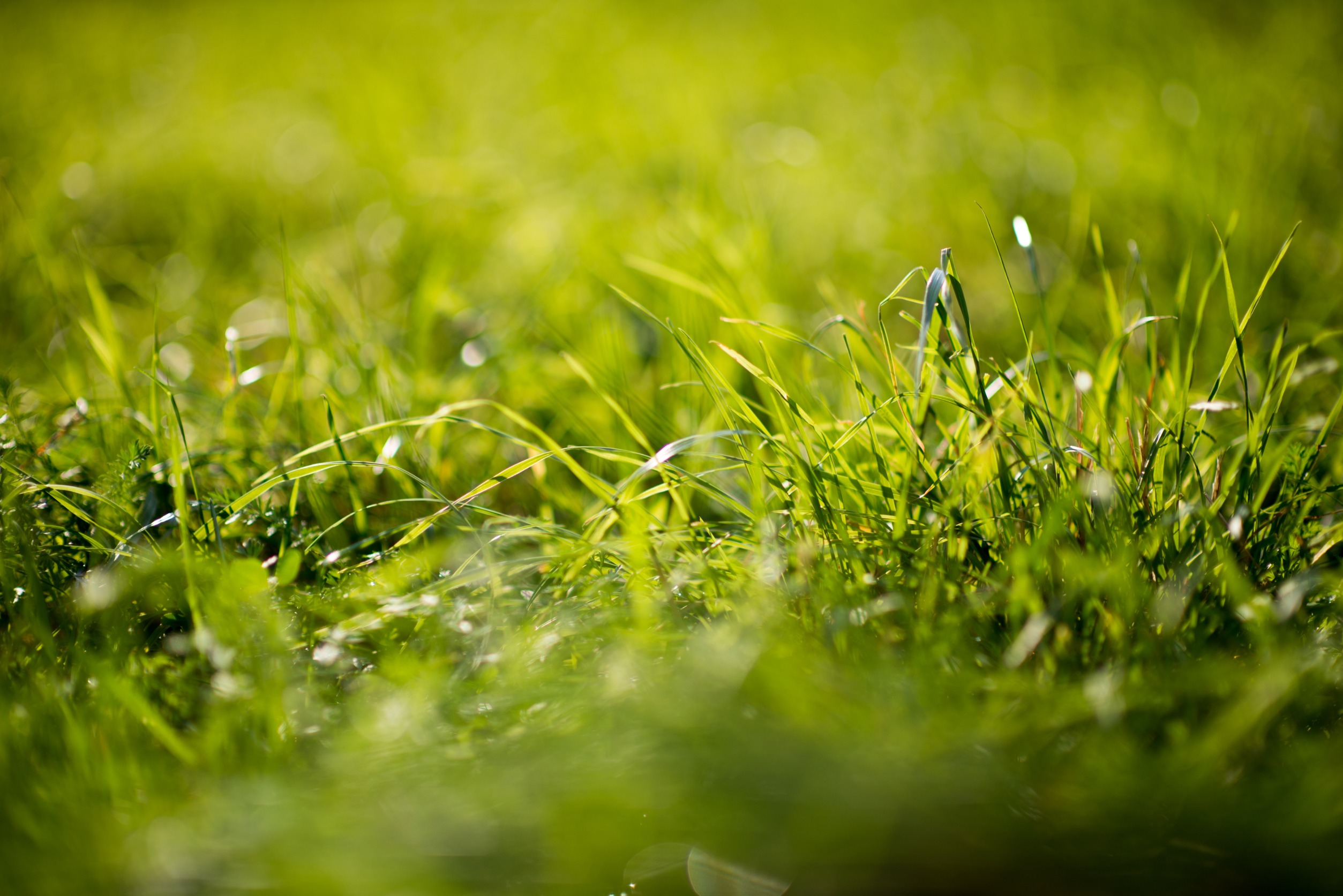Why you should amend clay soil?
It’s so hard for plants to thrive when their roots are planted in clay. How to amend clay soil so that it’s easier to dig, easier to water, and easier for your plants? Soil is the foundation of the garden. When you have a hard clay soil in your garden it makes it more difficult for your plants to grow and thrive.
Add Organic Material to Soil
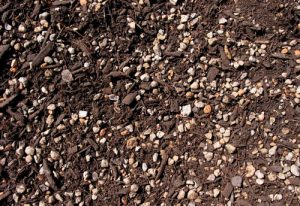 Using organic materials and mix it in well to a depth of at least 6-8 inches. Home improvement and garden centers sell large bags of soil amendment or “soil conditioner” materials, while providing advice for what to use in the soil. Materials include:
Using organic materials and mix it in well to a depth of at least 6-8 inches. Home improvement and garden centers sell large bags of soil amendment or “soil conditioner” materials, while providing advice for what to use in the soil. Materials include:
- Peat moss,
- Chopped up green plants,
- Potting soil
- Dried Leaves and Leaf mold,
- Aged compost
- Aged manure… the list goes on.
If you’re amending a large garden area all at once, figure on adding a layer of organic material that’s a good 3-4 inches deep. Use a rototiller if you have one, or use a spade and some sweat equity to mix it all together. If you can find a strong able-bodied teenager who wants to earn some cash, all the better. Spread the organic material out across the area to be worked, and use the spade to dig down, turn over, stir, chop, and repeat, until the entire bed has been worked.
For a few months after amending your soil, pay a little extra attention to the soil moisture when watering your plants. The clay around your newly amended area can act like a bowl, holding too much water and staying too wet.
Expanded Shale
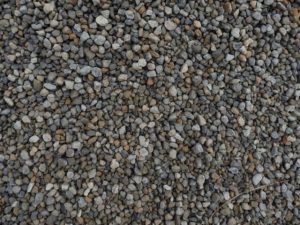 Expanded Shale is porous, high-temperature fired clay that never breaks down and can hold 38% of its weight in water. It is highly recommended to use expanded shale for every planting! Its size helps produce air flow, which provides oxygen to the roots and improves water retention in sandy soils.
Expanded Shale is porous, high-temperature fired clay that never breaks down and can hold 38% of its weight in water. It is highly recommended to use expanded shale for every planting! Its size helps produce air flow, which provides oxygen to the roots and improves water retention in sandy soils.
How to use Expanded Shale?
Flower beds in clay soil, lay down a 3 inch layer of the expanded shale with a 3 inch layer of compost, then till in 6-8 inches deep. Expanded shale must be incorporated into the soil, not added on top of the soil surface. Crown beds to further improve drainage. After planting plants, cover with a 3 inch layer of mulch. If soil is sandy or loam, expanded shale is not necessary to improve drainage although its water holding capacity may be the bonus. More info here:
Gardens and landscapes that have clay soils will be tricky to plant the types of plants you want without some soil modification. If you have a large or small project help is just a click away with Lawn Care Flowermound. For Landscaping, Lawn Maintenance, and more Contact Us for a free estimate.

